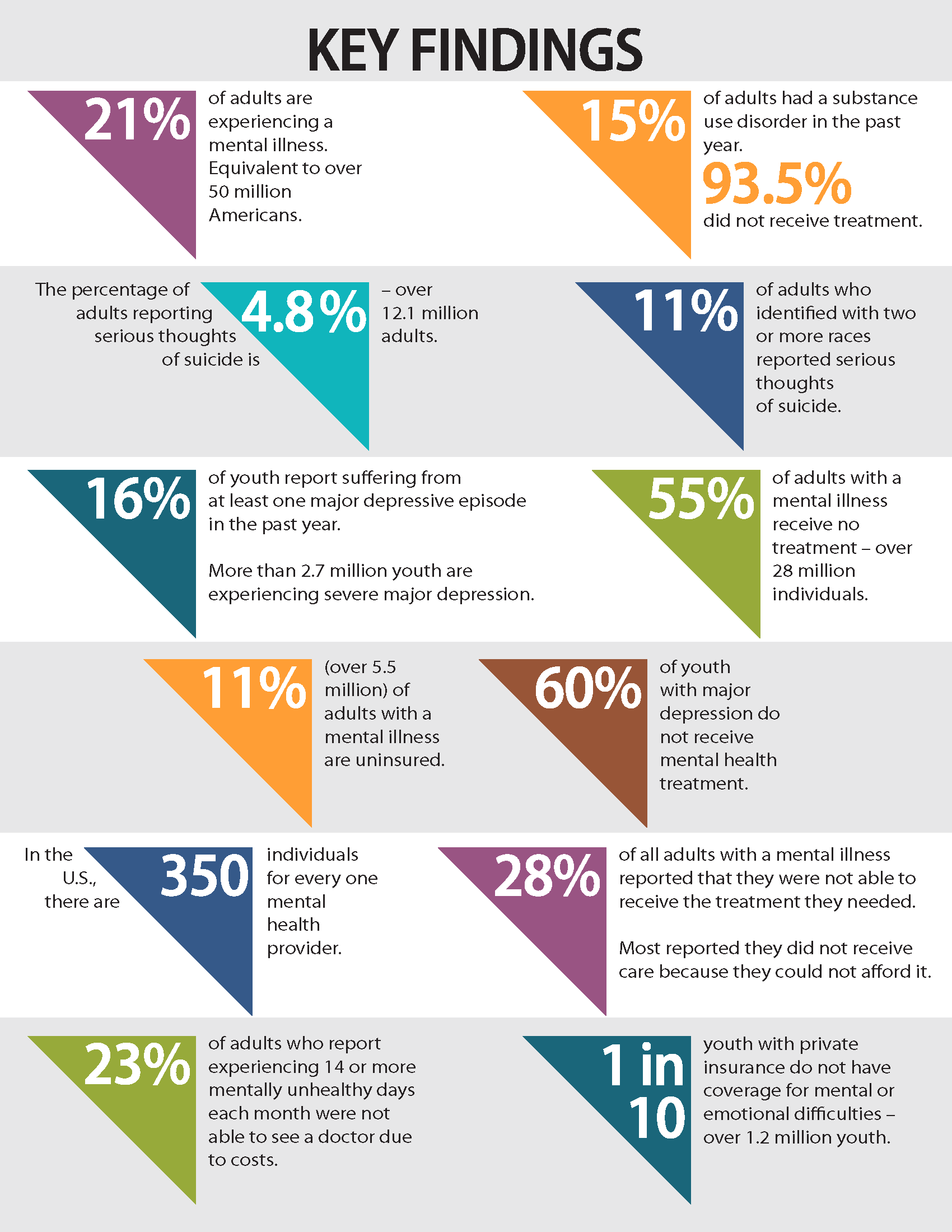“Hannah” is a fictional perspective with which Martin Kay, the author of this article, has utilized to decode and digest the topic of: Youth Mental Health.

Hannah was known among her family and friends for her bubbly personality and outgoing nature. She was always the life of the party, and everyone on the college campus admired her confidence and charm. She stood out from the crowd because she didn’t want to be ordinary. She wanted to fix things and make the world better for everyone, especially the downtrodden. She left her mark when she organized one of the most successful protests on campus for the ban of harmful speech that could cause harm to the vulnerable.
However, what Hannah’s loved ones didn’t know was that behind the curtains, she was struggling inwardly. Hannah had been experiencing persistent mood swings that ranged from extreme sadness to irritability, and her friends noticed that she seemed withdrawn at times, often canceling plans and declining invitations to social activities that she used to enjoy. She also had trouble sleeping, sometimes staying up all night or sleeping excessively, and her appetite had changed drastically, resulting in noticeable weight loss.
Hannah’s concentration and decision-making abilities had also been affected. She found it increasingly difficult to focus at school and had trouble making simple decisions, often feeling overwhelmed by racing thoughts and persistent negative thoughts that kept creeping into her mind. She would often experience intense bouts of fear and worry, feeling guilty and worthless for no apparent reason, which started affecting her daily functioning. She would sometimes neglect her personal hygiene and grooming, not taking care of herself as she used to.
Her relationships with family and friends had also become strained. She would frequently withdraw from social interactions, cancel plans last minute, and often found herself in conflicts with others over minor issues. Her perception of reality seemed distorted at times, as she reported seeing shadows or hearing voices that no one else could hear, and she would occasionally express false beliefs that didn’t align with reality.
As Hannah’s cognition continued to decline, she found it increasingly challenging to perform her usual organizing tasks, and her academic performance suffered. She started engaging in risky behaviors, such as driving recklessly and occasionally abusing substances as a coping mechanism. She even resorted to self-harm as a way to cope with her overwhelming emotions, all while keeping her struggles hidden from her family and friends.
It wasn’t until one day, when Hannah’s close friend noticed the unexplained physical symptoms she had been experiencing, such as persistent headaches and stomachaches, and expressed concern. Hannah finally confided in her friend and sought professional help.
Hannah is one of the few with ready access to proper healthcare when diagnosed with Mental Illness. During the process of receiving treatment, she got to understand that mental illness can be caused by a combination of things like family history (genes), imbalances in brain chemicals, stress or difficult experiences, physical health problems, how we think and cope with things and substance abuse. She also came to appreciate the importance of feeling happy, being able to handle stress, and having good relationships in keeping mental illness at bay.

Unfortunately, an MHA 2023 study for the years 2019-2020 revealed that a significant percentage of adults in America, amounting to 20.78% of the population, which is approximately 50 million individuals, were experiencing a mental illness. Out of these adults, a staggering 54.7% (28 million individuals) did not receive any form of treatment for their mental health condition.
One of the primary reasons for not receiving treatment was the inability to afford it, with 28.2% of adults with mental illness in America reporting that they were unable to access the treatment they needed due to financial constraints. Furthermore, 10.8% of adults with mental illness, which is more than 5.5 million individuals, were uninsured, with the Hispanic population being the least insured.
The issue of affordability also impacted access to healthcare for those experiencing frequent mental health challenges. Approximately 22.87% of adults who reported experiencing 14 or more mentally unhealthy days per month in America were unable to see a doctor due to the costs associated with mental health care.
America also faced a significant concern with suicidal intentions, particularly among individuals of mixed race, with the highest rate of suicidal intentions being reported at 11% in the year 2020. Additionally, 11.5% of young people in America, equivalent to around 2.7 million youth, were experiencing severe major depression. Shockingly, only 28% of youth with severe depression were receiving consistent treatment.
The lack of mental health treatment was particularly concerning among youth, with 59.8% of youth with major depression in America not receiving any form of mental health treatment. Among ethnic groups, Asian youth were the least likely to receive specialty mental health care, with 78% of them not receiving any treatment.
Furthermore, America also faced challenges with substance use disorders among its youth population, with 6.34% or approximately 1.5 million youth in the country reporting a substance use disorder.
Hannah was now realizing the dire need for increased access to affordable mental health care, reducing barriers to treatment, and addressing disparities in mental health care access among different ethnic groups in America. What could she do to ensure public officials prioritize mental health awareness, education, and resources to effectively address the mental health needs of its population and ensure that individuals with mental illness can access the care and support they require for their well-being?

When she spoke to Dr. Newberg about it, she was surprised by his answer. Dr. Newberg recommended a more radical approach called applied neurotheology, which focused on the relationship between the brain and spirituality. Dr. Newberg explained to Hannah that this field of scholarship explored how being religious or spiritual, and engaging in various spiritual practices, could be beneficial for mental health and well-being.
Dr. Newberg shared with Hannah the growing body of research that showed that those who were religious or spiritual tended to have lower rates of depression, anxiety, and suicide. He explained that even studies with adolescents showed that religious and spiritual pursuits were protective against mental health problems.
He also emphasized the importance of social support networks, which were often part of religious traditions. Dr. Newberg explained that attending church or other social events within a religious community could provide social support, which was known to be beneficial for mental health.
Dr. Newberg further highlighted that many religious teachings promoted healthy behaviors, such as avoiding alcohol and drugs, practicing compassion and charity towards others, and following dietary guidelines. By incorporating these teachings into her lifestyle, Hannah could naturally avoid mental health problems such as substance abuse and develop a more optimistic outlook.
Moreover, Dr. Newberg explained that meditation, prayer, and other spiritual practices had been shown to have diverse effects on the brain, including improvements in cognitive functions and reductions in stress, anxiety, and depression. He also mentioned that certain dietary guidelines followed in many religious traditions, such as plant-based diets, were beneficial for brain health.
Dr. Newberg shared that there were also clinical studies that documented the value of various spiritual practices or religiously oriented therapies in helping people manage mental health conditions such as depression, anxiety, ADHD, and neurological conditions like Alzheimer’s and seizure disorders.
Lastly, Dr. Newberg discussed the importance of finding meaning and purpose in life through spiritual experiences. He explained that having faith in a higher power and cultivating an optimistic perspective on the future could contribute to overall physical and mental health.
Feeling hopeful and intrigued by this holistic approach, Hannah decided to incorporate some of the recommendations into her life. She started attending a local church and participating in their social events, which helped her build a supportive community. She also began practicing meditation and prayer regularly, which helped her reduce stress and anxiety.
Hannah also made changes to her diet, following a more plant-based approach as suggested by her religious beliefs. She found that these changes not only improved her physical health but also positively impacted her mood and cognitive function.
Over time, Hannah noticed a significant improvement in her mental health. She felt more optimistic, resilient, and better equipped to cope with life’s challenges. She was grateful to Dr. Newberg for introducing her to the concept of applied neurotheology and how it could be a ready and affordable solution to her mental health struggles. She also wondered why she had shunned conservative values all her life when they have proven to be remedy to mental illness?
With a renewed sense of purpose and well-being, Hannah embarked on a journey of encouraging her campus peers suffering from mental illness try. She now educates through her social media channels on the holistic healing that come with embracing the benefits of religious and spiritual practices. As her online presence grows, she is helping more people realize the integrated approach of applied neurotheology could bring about a better state of mental health and live a more fulfilling life.
